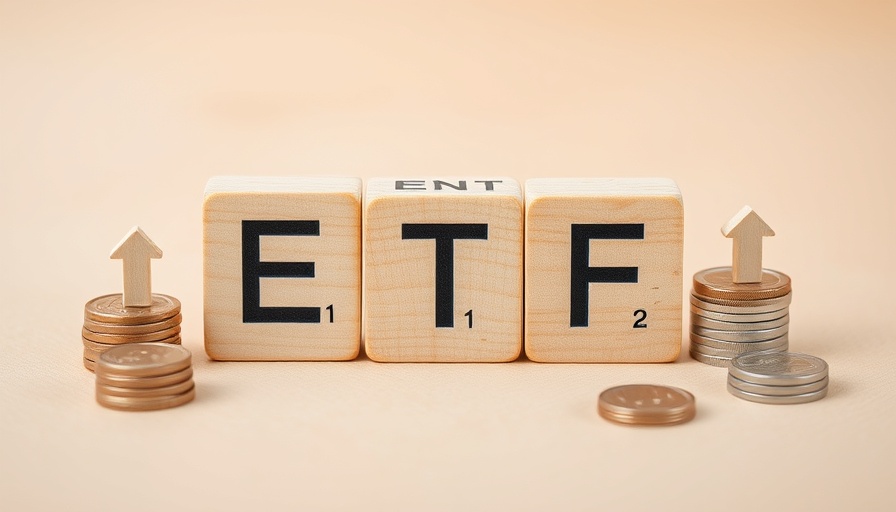
Exploring Potential Drawbacks of FTDS ETF
As investors search for stable returns in uncertain markets, the First Trust Dividend Strength ETF (FTDS) might seem appealing at first glance. However, upon close inspection, it's important to understand its underlying strategies, particularly as it focuses on equal-weighting 50 dividend-paying stocks. This choice significantly emphasizes sectors like Financials and Industrials while neglecting typically safer areas such as Consumer Staples and Utilities. It's these initial insights that make one wonder: is FTDS truly worth the investment for those seeking robust dividends?
Decoding FTDS’s Strategy and Sector Allocation
FTDS employs a selection process aimed at picking stocks with low debt, high returns on equity, and positive dividend growth—qualities that indeed sound promising. But the ETF's real challenge lies in its construction. By predominantly favoring Financials and Industrials, it misses out on other lucrative dividend-play opportunities across different sectors. For instance, a look at competitive ETFs like DVY, SDY, and VIG reveals they might offer more diversified exposure to a broader range of sectors, which could be crucial for income-focused investors.
Evaluating Expenses vs. Yield
Investors are often drawn in by the surface-level fundamentals of FTDS, only to be met with a reality that its expense ratio of 0.70% brings its expected yield down to a meager 1.68%. Here, we see a critical insight: while it’s essential to have appealing statistics, the net impact is what truly matters. By comparing it against other funds, it becomes evident that for many seeking dividends as part of their strategy, FTDS may not be the most advantageous choice.
What This Means for Income Seekers
Ultimately, FTDS appears tailored more for those intrigued by equal-weight exposure to Financials and Industrials rather than for traditional income investors. As markets fluctuate, aligning with funds that embody both growth and stability across diverse sectors could prove more beneficial in the long run. For traders and investors, especially those passionate about dividend strategies, evaluating the real value and structure of funds like FTDS is crucial.
 Add Row
Add Row  Add
Add 




 Add Row
Add Row  Add
Add 

Write A Comment